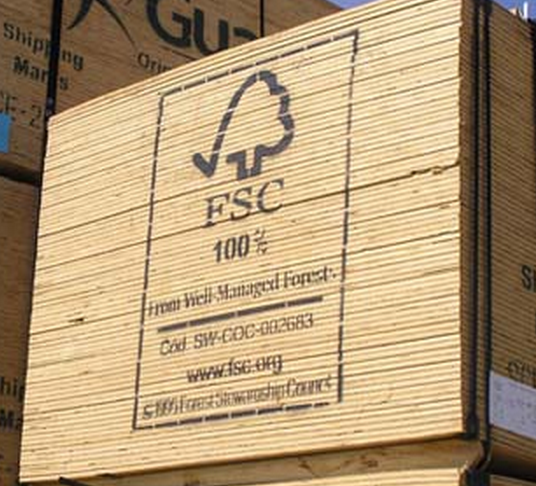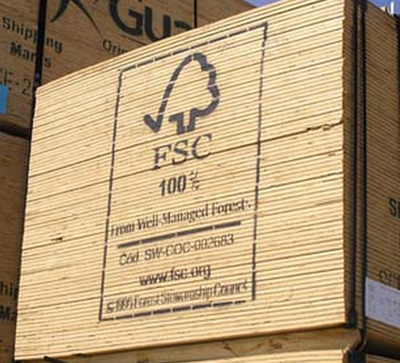Tips for buying Sustainable Wood
Global Wood Source on 23rd Feb 2015
 There was a time when wood was the cheapest and most
available material for homes, buildings and furniture. With the passing of generation
after generation, the demand for this material that offers natural beauty, flexibility,
timelessness and durability increased, to the point where illegal loggers lined
their pockets with the earnings.
There was a time when wood was the cheapest and most
available material for homes, buildings and furniture. With the passing of generation
after generation, the demand for this material that offers natural beauty, flexibility,
timelessness and durability increased, to the point where illegal loggers lined
their pockets with the earnings.
This prompted global and national environmental organizations to make the public aware of the issue at hand that comes with denuded rainforests. They made documentaries about how deforestation worsened erosion, leading to landslides, floods and other such environmental catastrophes.
For these reasons, more and more wood buyers and distributors are increasingly becoming conscious of the products they buy. After all, people still want future generations to enjoy the value we get from nature.
So how can you be sure about the sustainability of certain wood products? Below are some tips.
Tips for Buying Sustainable Wood
When you make the decision to move forward with that home improvement project, build that above ground planter or if you are still undecided on your project just make sure that before you head on to the nearest lumber store in your area to buy Douglas fir slabs for that planter or wood flooring for that bonus room upgrade, we suggest the following:
- Do your research. You might not know it, but there are government and private organizations that regulate the origins and processing of wood. The biggest, the Programmefor the Endorsement of Forest Certification (PEFC), they are a global organization committed to certifying family and community-owned forests in different countries all over the world. It sets strict guidelines and standards that forest owners have to comply with in order to get certified. One of the best features of PEFC is that they have an easy-to-navigate website where you can search for certificate and logo holders and users, accredited dealers, authentic products and so on. So if you want to check your neighborhood lumber store or any company that claims they sell wholesale wood, all you have to do is key in the company name and you can see if it is, indeed, listed in PEFC’s database.
- Ask other enthusiasts. Of course, it always pays to ask around – family and friends who are certified DIYer’s, professional carpenters, contractors, etc. They can give you an idea as to which woods are considered sustainable and suitable for your project.
- Buy from reputable suppliers. Reputable lumber
suppliers carry exotic wood products that have the
ForestStewardship Council (FSC) seal. This signifies that the wood you are about
to buy comes from responsible forest owners who uphold the standards set by the
council and ensure that the projects are upheld to standards.
Buying sustainable wood doesn’t require am in depth knowledge of carpentry or woodworking. All you need to do is research, ask other enthusiasts and buy from reputable wood suppliers. Protect the environment by starting your wood working project with a legit wood supplier.

